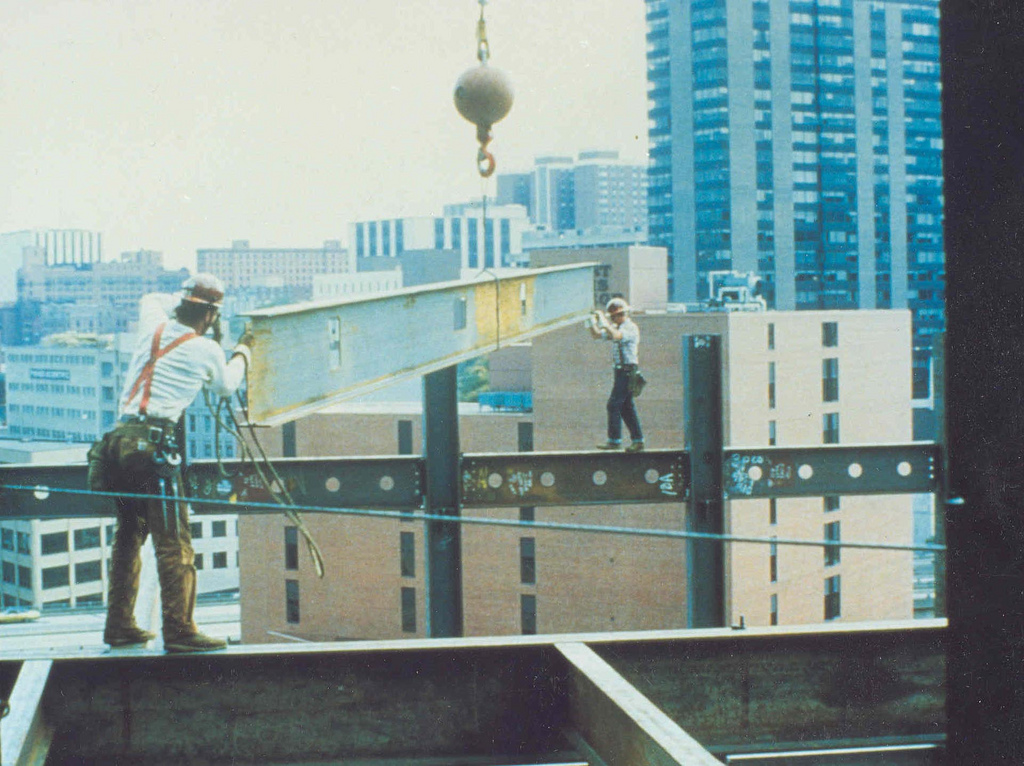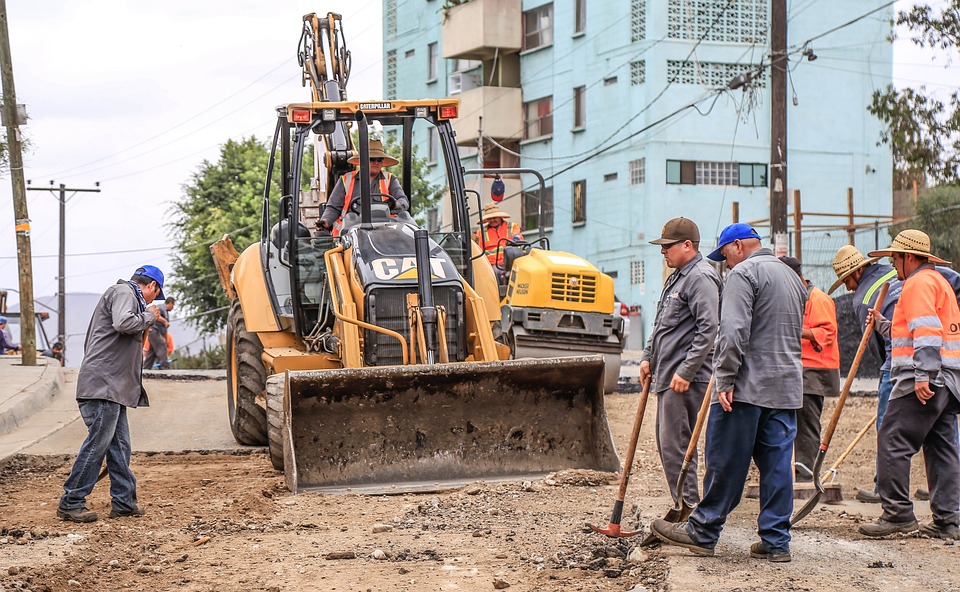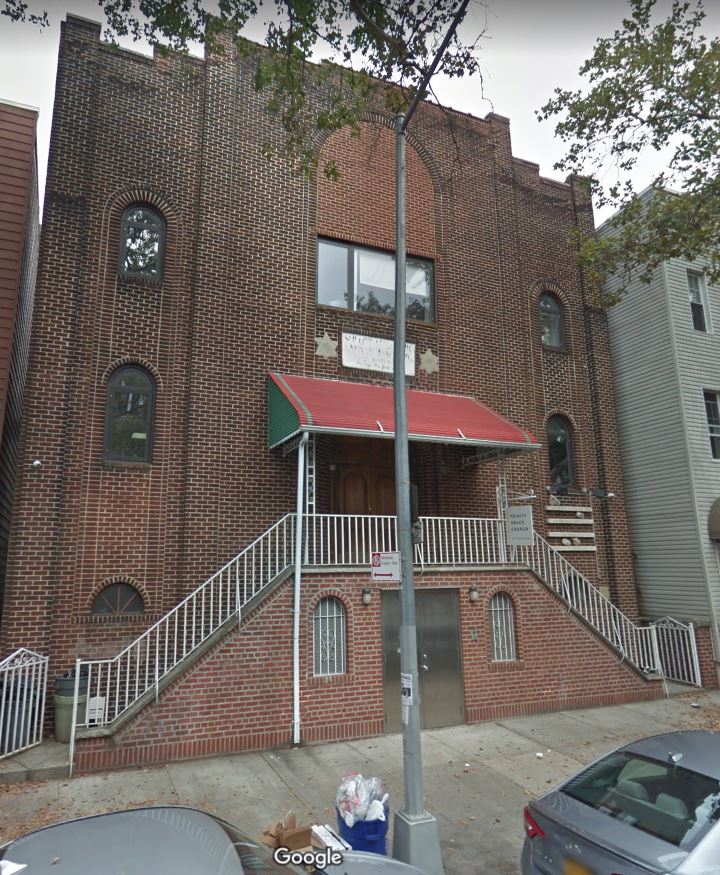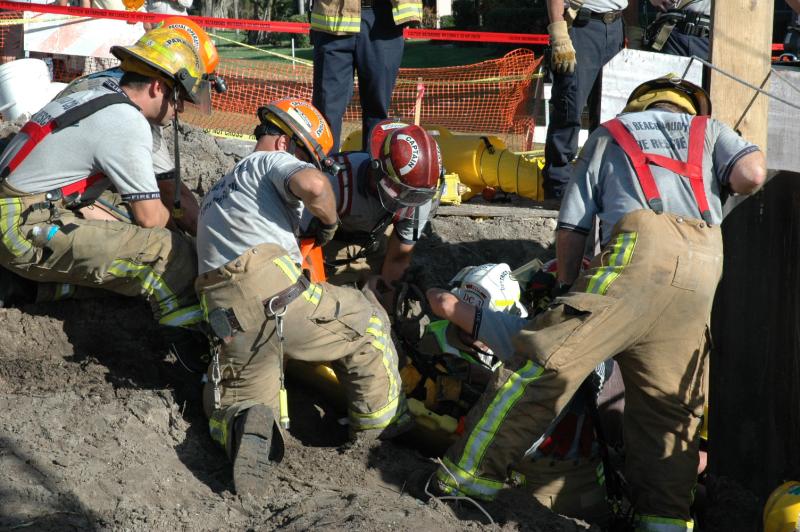New York construction workers at higher risk of heat exhaustion and heat stroke as temperature rises
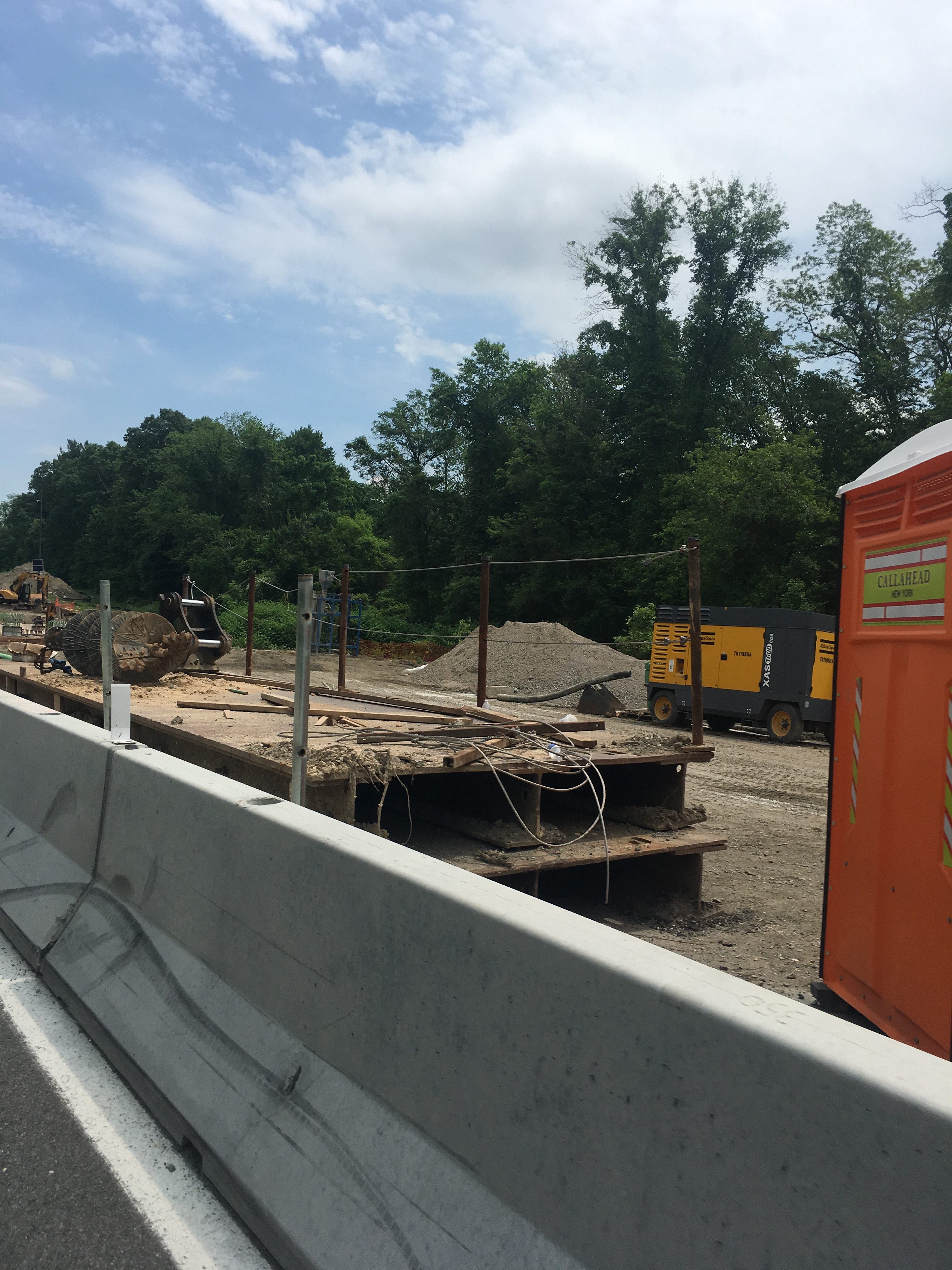 Current extreme temperature and humidity are exposing New York construction workers to higher risks of accidents related to heat. Road workers especially those handling asphalt as well as house builders working in attics can get easily dehydrated and suffer from heat exhaustion or heat stroke.
Current extreme temperature and humidity are exposing New York construction workers to higher risks of accidents related to heat. Road workers especially those handling asphalt as well as house builders working in attics can get easily dehydrated and suffer from heat exhaustion or heat stroke.
It is important during hot days, like those we have this week in New York, that employers remind their workers to drink a lot of water and make sure they are well hydrated while they are working. Employers should also ensure that their supervisors are proprely trained to recognize signs of heat exhaustion. When a supervisor sees that a worker starts to be lightheaded, that his color seems a little off or that he starts to sweat more than usual, he should pull him aside and make sure he takes a break in a shady area.
 New York Personal Injury Attorneys Blog
New York Personal Injury Attorneys Blog



